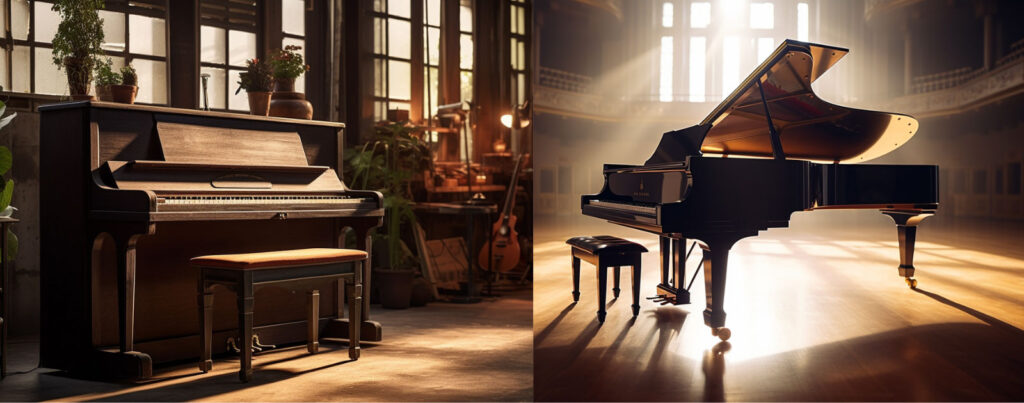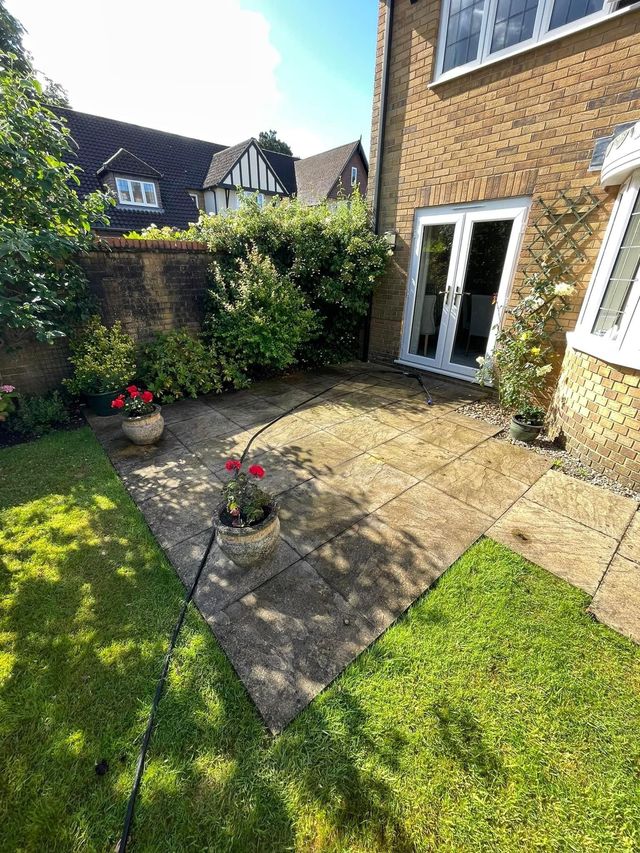Moving a piano is a delicate task, but the complexity increases significantly when dealing with a grand piano compared to an upright piano. Both types of pianos require care, but grand pianos demand specialized skills, tools, and expertise due to their unique construction and higher value. Professional piano movers like those from Charleston Piano Transport are trained to handle these challenges, ensuring the instrument’s safety throughout the relocation process. Whether you’re moving a grand piano across town or across the country, understanding the differences between these two types of pianos highlights why professional services are essential.
Differences in Size, Weight, and Shape That Require Different Equipment
1. Size and Weight
Grand pianos are significantly larger and heavier than upright pianos, with some weighing over 1,200 pounds. Their size and bulk make them more challenging to maneuver through doorways, staircases, and tight spaces. Specialized dollies, straps, and lifting equipment are essential to handle the weight safely and efficiently.
2. Shape
The unique shape of a grand piano, with its wide horizontal soundboard and extended legs, makes it much more awkward to transport compared to the compact vertical design of an upright piano. This shape requires movers to carefully balance and position the piano to prevent tipping or damage.
3. Team Coordination
Moving a grand piano often requires a larger team of professionals compared to an upright piano. Each person must be skilled in their role, ensuring the piano is handled with precision and care during every stage of the move.
Greater Complexity in Disassembling and Reassembling a Grand Piano
1. Detaching the Legs
Unlike upright pianos, grand pianos typically require disassembly before they can be safely moved. The legs must be removed to reduce the risk of breakage and make the piano easier to transport. This process requires careful handling to avoid damaging the attachment points.
2. Protecting the Lid and Pedals
The lid and pedals of a grand piano are also intricate components that may need to be detached and secured separately. These pieces are delicate and require padding and wrapping to prevent scratches or dents during the move.
3. Precise Reassembly
Reassembling a grand piano is a meticulous process that requires expert knowledge. Even slight misalignments can affect the piano’s structural integrity or sound quality. Professional piano movers ensure every component is reassembled to exact specifications, preserving the instrument’s performance.
Increased Risk of Internal Damage Due to the Horizontal String Layout
1. Vulnerable Soundboard and Strings
The horizontal layout of a grand piano’s soundboard and strings makes these components more susceptible to damage during transport. Any sudden jolts or impacts can loosen strings or crack the soundboard, compromising the piano’s acoustics.
2. Delicate Action Mechanism
The action mechanism inside a grand piano, which includes hammers and dampers, is more exposed than in an upright piano. This intricate system must be protected from dust, debris, and vibration to maintain its precision.
3. Stabilization During Transport
Professional movers use specialized padding and crating techniques to stabilize the internal components of a grand piano. This prevents shifting or damage to the strings and soundboard, ensuring the piano arrives at its destination in perfect condition.
Special Considerations for Protecting the Legs and Lid During Transport
1. Fragility of the Legs
The legs of a grand piano are particularly vulnerable during a move. They are not designed to support lateral stress and can easily crack or break if not handled properly. Movers use protective padding and braces to shield the legs during disassembly and reassembly.
2. Weight of the Lid
The lid of a grand piano is a heavy and delicate component that requires special care. Scratches, dents, or misalignment of the lid can significantly diminish the piano’s aesthetic and functional value. Movers carefully wrap and secure the lid to prevent damage.
3. Custom Crating Options
For long-distance moves, custom crates are often used to provide additional protection for the legs, lid, and other components. These crates are designed to absorb shocks and vibrations, ensuring the piano remains secure throughout the journey.
Higher Value of Grand Pianos, Warranting Additional Care and Insurance
1. Monetary Value
Grand pianos are often significant investments, with some models costing tens of thousands of dollars. Their high value justifies the need for specialized movers who understand the stakes and have the expertise to prevent costly damage.
2. Sentimental Value
Many grand pianos hold sentimental value, being heirlooms or cherished possessions passed down through generations. This emotional attachment makes it even more important to ensure the piano is moved with care and precision.
3. Insurance Coverage
Professional piano movers provide comprehensive insurance coverage, offering peace of mind during the relocation process. This coverage ensures that any accidental damage or loss is fully compensated, protecting the owner’s investment.
Conclusion
The differences between moving a grand piano and an upright piano highlight the need for specialized services. From managing their size and weight to protecting their intricate components, grand pianos require a level of care that only trained professionals can provide. For those in need of experienced Charleston grand piano movers, hiring experts, like Charleston Piano Transport, ensures that your cherished instrument is transported safely and efficiently. Don’t take risks with such a valuable asset—trust the professionals to handle the complexities of moving a grand piano with precision and care.






